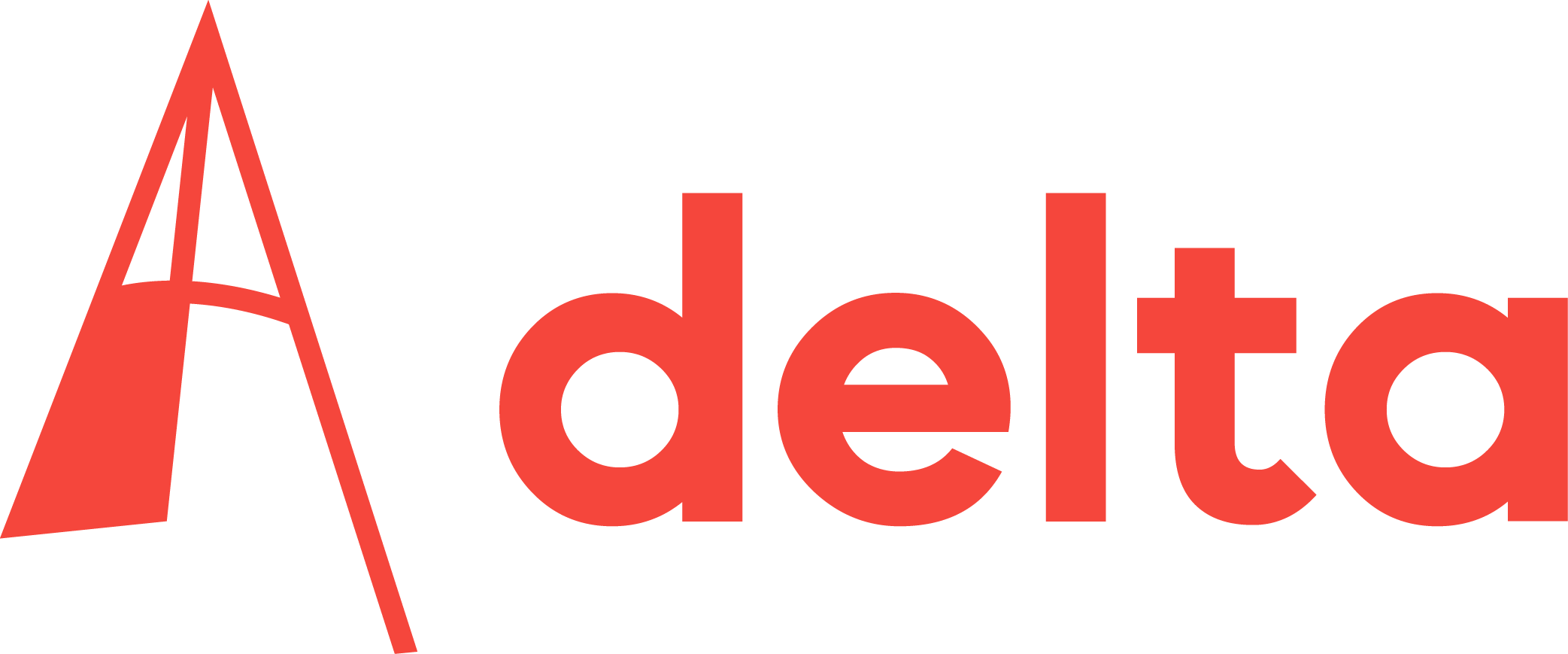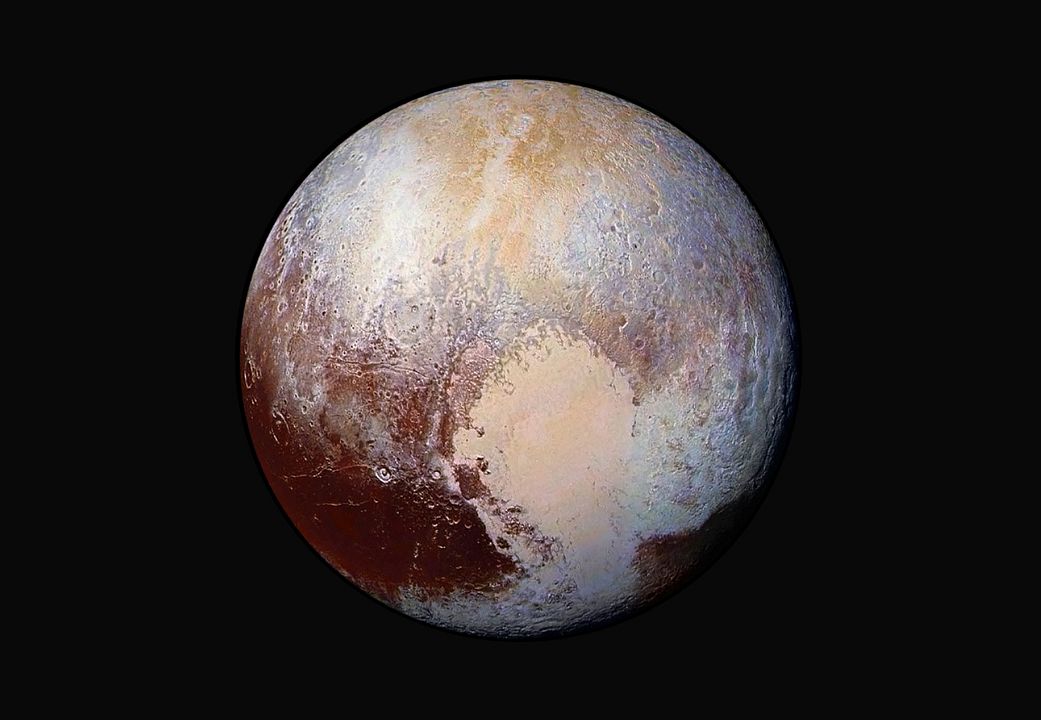NASA completed a successful flyby of Pluto after 25 years of preparation in July. TU Delft alumnus, and NASA employee Gerhard Kruizinga explains the significance of the mission, and what it is like to work on such a land-mark event.
Kruizinga describes himself as coming from a Dutch farming family. He graduated from the Faculty of Aerospace Engineering at TU Delft with his master’s degree before completing his PhD at the University of Texas. He currently works in NASA’s Jet Propulsion Laboratory (JPL) as a navigator, and while his primary field of interest is Mars, he was brought onto the navigation team of Pluto project New Horizons around six months before the flyby. There were actually two navigation teams for New Horizons, the primary one was the New Horizons project navigation team, while JPL provided the shadow navigation which, as Kruizinga points out, really emphasizes the importance of navigation. “They spent about a billion dollars flying to Pluto and it took about nine and a half years to get there then we had about two days to do all the measurements we wanted. So navigation is critical,” he said.
Kuiper Belt
Pluto was the last of the classical bodies to be visited in the solar system and is part of the Kuiper Belt, a region of space extending beyond the orbit of Neptune believed to contain remnants from the creation of the solar system. While numerous Kuiper Belt Orbit objects exist, Pluto is believed to be the largest and the mission has offered the first opportunity to study a Kuiper Belt object. Initial results have shown unexpected processes on Pluto, with a significant amount of recent activity on the planet’s surface. According to Kruizinga, “This means we have to go back to the drawing board and figure out what really happened. There are lots of Kuiper Belt objects, probably hundreds of thousands, so this is a whole new class of bodies.” In 2019 New Horizons will visit a smaller Kuiper Belt object to collect more data.
When asked about the moment he knew the mission was successful, Kruizinga told Delta that although the media was full of images of people celebrating, for him it was another 12 hours of waiting for the images to be transmitted before he knew the navigation was successful. Had the navigation been off, the images would have come back empty and black. He added that being one of the first people in the world to see the images of Pluto was a singular experience, “The fact that I was able to work on that mission was really cool for me personally.”
Much of the preparation for a mission like New Horizons involves meetings and bureaucracy, which Kruizinga described as the least appealing part of his job however he added that his job is really, for the most part, his hobby. “If you can make out of your hobby, your job then you never work a day,” he said. “A lot of people are looking over your shoulder making sure you go where they want you to go but it’s the act of navigating that I enjoy so much” He is currently working on the next Mars rover mission, which will launch in 2020, and the one thing he would most like to see NASA do in the next few decades is a manned mission to Mars.



Comments are closed.